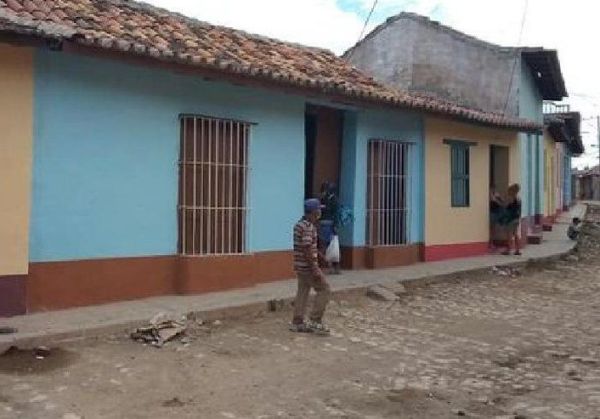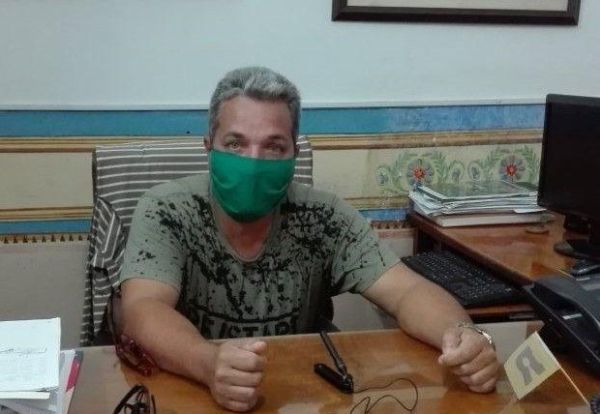
The Historic Center of Trinidad, one of the most remarkable of its kind in Cuba and Latin America, demands permanent conservation actions which are often affected by the economic and financial blockade of the U.S. government against Cuba.
Restoration is an expensive business and the resources we need are not always available, neither the funding to import them, said MSc. Duznel Zerquera Amador, director of the Office of the Conservator of the City of Trinidad and its Valley of the Sugar Mills.
The unjust and aggressive policy not only affects the acquisition of supplies; the areas of international collaboration and training are limited as well. All this has an impact on the city, which is especially vulnerable in contingency situations such as the pandemic caused by the new coronavirus that paralyzed tourist activity, the major source of income for local economy.

We operate in an international community and, despite the reputation of our experts, on many occasions projects for their professional improvement fail to materialize, Zerquera said. Cuba is also excluded from important events and from the possibility of establishing working links with one of the most prestigious organizations in the world: the Getty Conservation Institute, based in Los Angeles, California, he added.
According to the expert, other non-governmental organizations have managed to avoid the siege and keep close collaboration with the Office. They have supported important social projects such as the rehabilitation of districts like Santa Ana and Las Tres Cruces, among other contributions.

Despite the U.S. blockade, Trinidad is proud of its charms and preserves them for future generations. The Cultural Heritage of Humanity, World Crafts City and Creative City titles granted by UNESCO prove not only the exceptional values of this city, but also the political will of its government and its inhabitants to preserve them as the most genuine act of Cuban citizenship.
 Escambray ENGLISH EDITION
Escambray ENGLISH EDITION





Escambray reserves the right to publish comments.